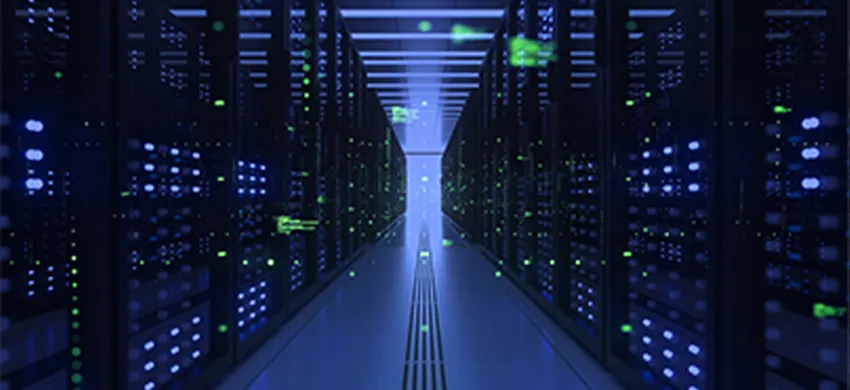Breakout cables, also known as fan-out cables, are used in data centers to connect high-density equipment like switches or patch panels to individual servers or devices. They are designed to break out into individual cables at the termination end, providing a neat and organized solution for managing multiple connections. Here are some key aspects to consider when choosing breakout cables for your data center:
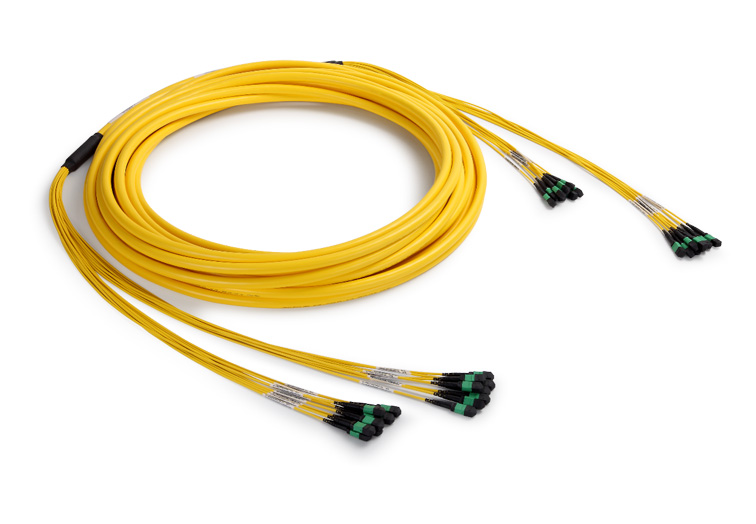
1. Fiber Types:
Single-mode (OS2):
Designed for long-distance transmissions, typically over 10 kilometers.
Uses a narrow core size (around 9 microns), allowing a single mode of light to propagate.
Suitable for applications requiring high bandwidth, such as data centers with connections between buildings.
Multimode (OM3/OM4/OM5):
Intended for shorter-distance transmissions, usually up to hundreds of meters.
Has a larger core size (50 or 62.5 microns), allowing multiple modes of light to propagate.
Commonly used for connections within the same data center or the same room.
2. Connector Types:
LC:
Small form-factor connector suitable for high-density environments.
Often used in data centers for space optimization.
Easy to install and maintain.
SC:
Standard connector with a square-shaped connector housing.
Reliable and easy to install, though larger than LC connectors.
Suitable for applications where space is less constrained.
MTP/MPO:
Multi-fiber connectors designed for high-density connections.
Commonly used in high-speed networks and parallel optics applications.
Ideal for quick and efficient connections, especially in environments with frequent changes.
3. Fiber Count:
8, 12, 24 Fibers:
Choose the fiber count based on the number of connections needed.
8 and 12 fiber counts are common for LC connectors, while 24 fibers are often used with MTP/MPO connectors.
4. Armor or No Armor:
Armored Cables:
Provide additional protection against physical damage, such as crushing or rodent bites.
Suitable for environments where cables are exposed or may face external threats.
Non-Armored Cables:
More flexible and lighter.
Ideal for indoor use where physical protection is not a primary concern.
5. Plenum or Riser Rated:
Plenum-Rated:
Suitable for air handling spaces, such as the spaces above drop ceilings.
Designed to meet fire safety standards for low smoke and flame propagation.
Riser-Rated:
Suitable for vertical runs between floors.
Meets fire safety standards for resistance to flame propagation.
6. Cable Diameter:
Thicker Cables:
Provide additional durability.
May have a larger minimum bend radius, limiting flexibility.
Thinner Cables:
More flexible and easier to route.
Suitable for applications where space is limited.
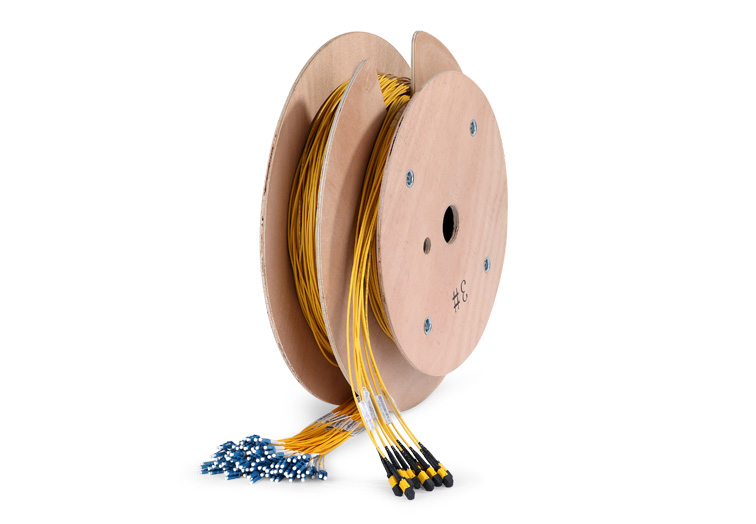
7. Installation and Maintenance:
Easy Installation:
MTP/MPO connectors are designed for quick and efficient installation.
Proper installation practices, such as maintaining proper bend radii, are crucial for optimal performance.
Regular Inspection:
Periodically inspect cables for signs of wear, damage, or contamination.
Clean connectors as needed to ensure reliable connections.
8. Environmental Factors:
Temperature and Humidity:
Choose cables with appropriate temperature and humidity ratings for your data center environment.
Contaminants:
Consider the presence of dust, dirt, or other contaminants and choose cables that can withstand such conditions.
9. Compatibility:
Equipment Compatibility:
Ensure that breakout cables are compatible with the connectors on your switches, patch panels, and other equipment.
Follow industry standards and guidelines for optimal compatibility.
10. Budget:
Cost-Effective Options:
Consider cost-effective options that still meet the required performance standards.
Balance performance requirements with budget constraints.
By carefully considering these factors, you can select breakout cables that meet the specific needs of your data center, ensuring a reliable and efficient infrastructure. Regular maintenance and adherence to best practices will contribute to the longevity and performance of your cabling system. In addition, always check with your equipment manufacturers and follow industry standards to ensure compatibility and optimal performance. Learn more about breakout cable and cabling solutions by visiting www.china-tscom.com.

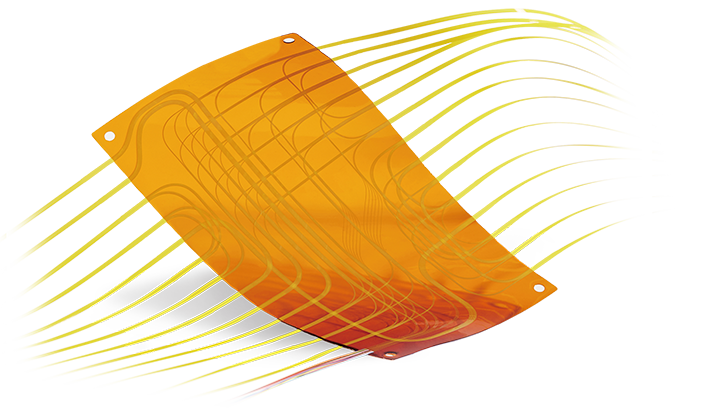 Fiber Optic Flex Circuit (FOFC)
Advanced Simulation & Optimization, High Positioning Accuracy, Flexible Customization, Rigorous Reliability Testing
Fiber Optic Flex Circuit (FOFC)
Advanced Simulation & Optimization, High Positioning Accuracy, Flexible Customization, Rigorous Reliability Testing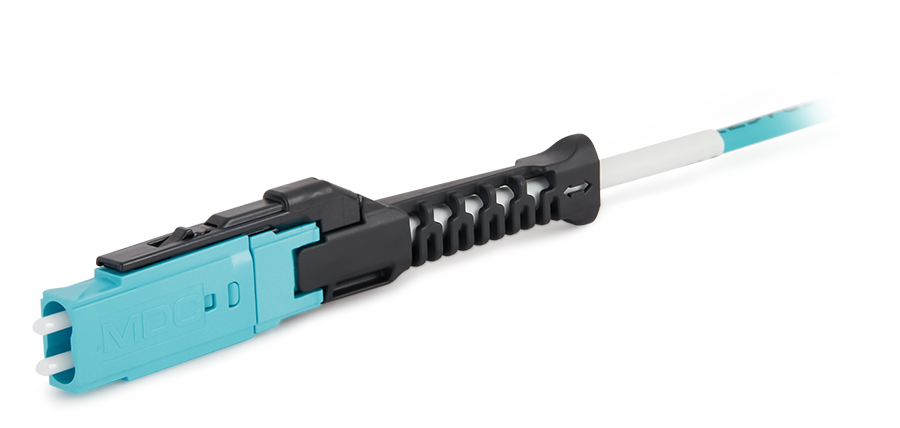 MDC Solution
US Conec's MDC connector is a Very Small Form Factor (VSFF) duplex optical connector, expertly designed for terminating single-mode and multimode fiber cables with diameters up to 2.0mm.
MDC Solution
US Conec's MDC connector is a Very Small Form Factor (VSFF) duplex optical connector, expertly designed for terminating single-mode and multimode fiber cables with diameters up to 2.0mm.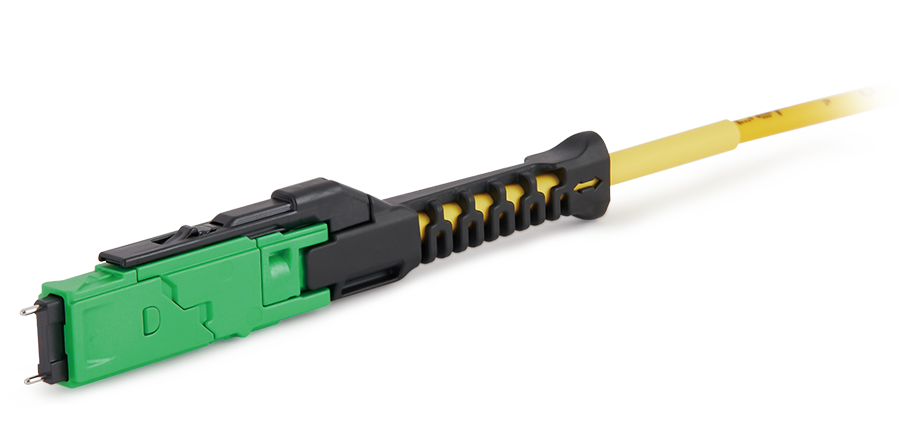 MMC Solution
US Conec's Very Small Form Factor (VSFF) multi-fiber optical connector that redefines high-density connectivity with its cutting-edge TMT ferrule technology and intuitive Direct-Conec™ push-pull boot design.
MMC Solution
US Conec's Very Small Form Factor (VSFF) multi-fiber optical connector that redefines high-density connectivity with its cutting-edge TMT ferrule technology and intuitive Direct-Conec™ push-pull boot design. EN
EN
 jp
jp  fr
fr  es
es  it
it  ru
ru  pt
pt  ar
ar  el
el  nl
nl 



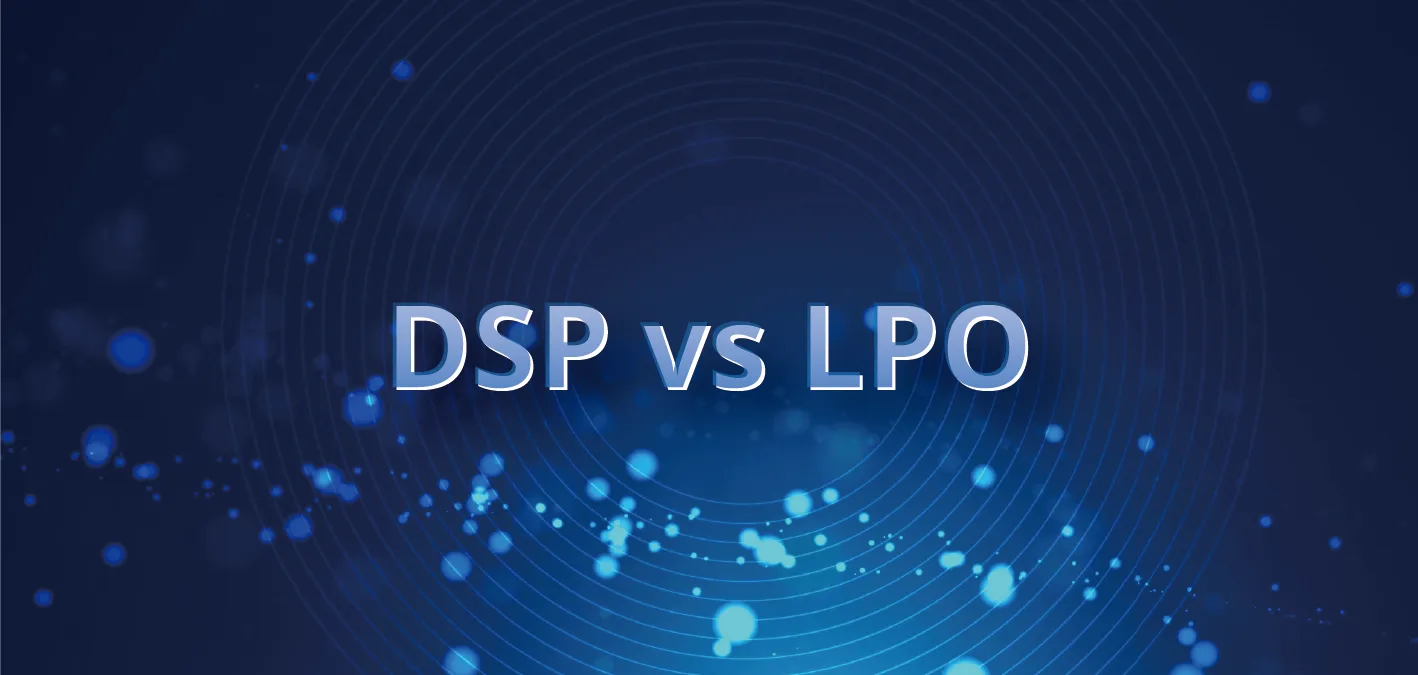
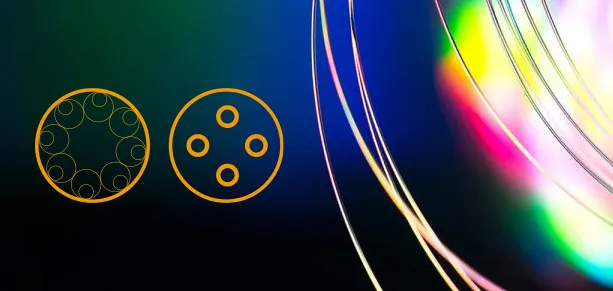
_and_High-Reflection_(HR)_Optical_Coatings.webp)
